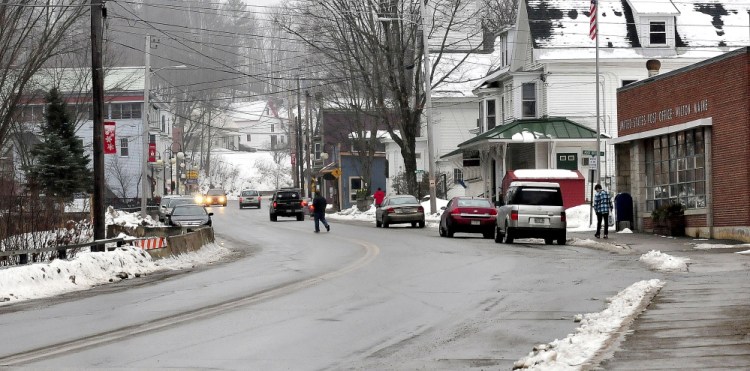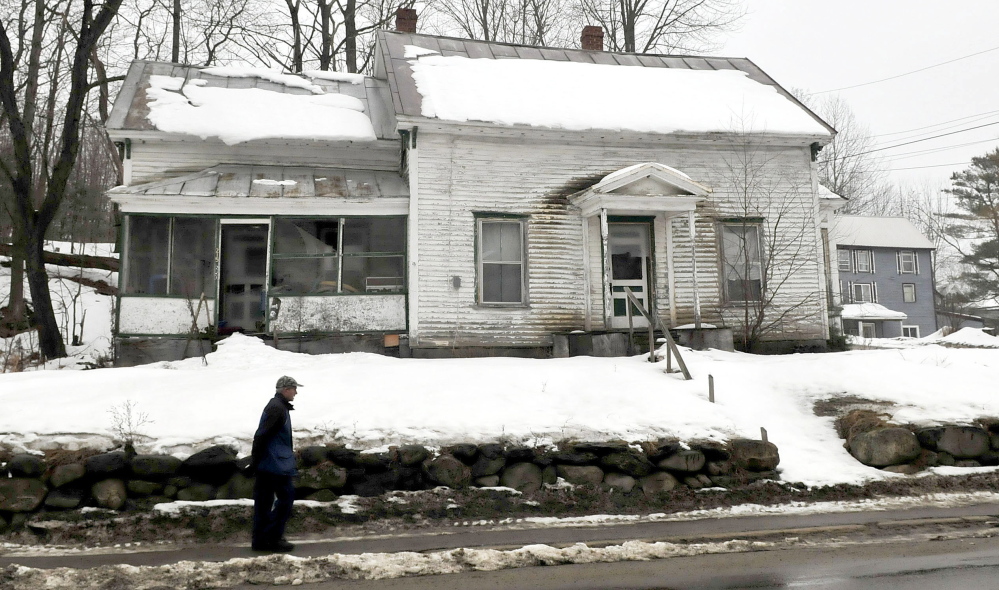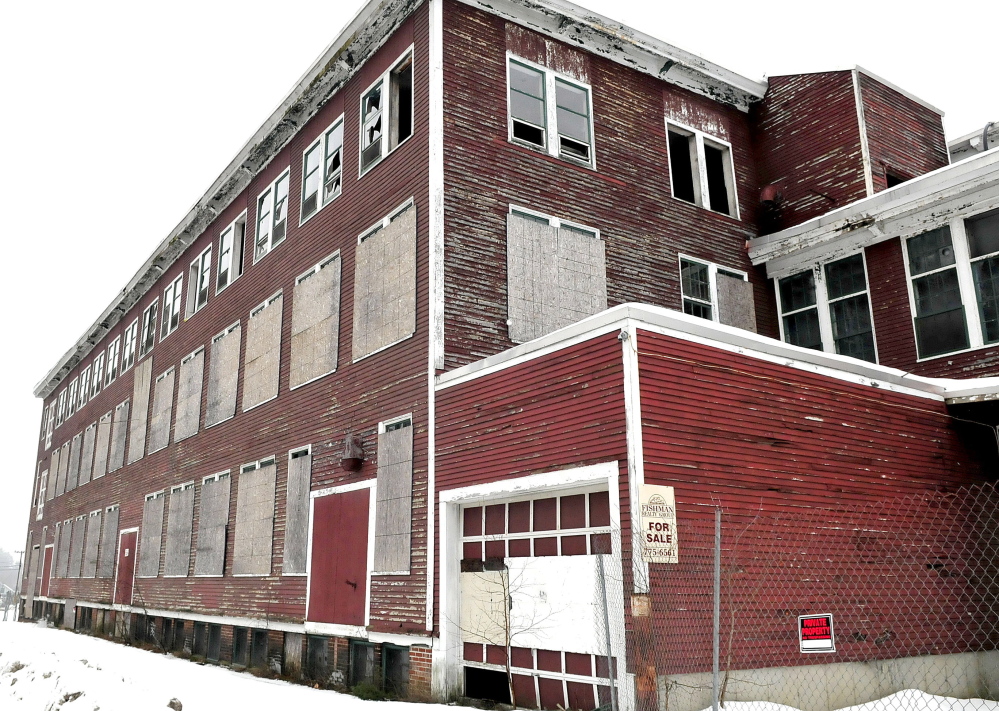WILTON — Voters overwhelmingly approved designating a portion of Wilton’s downtown as “slum and blight,” with the hope of using the designation to leverage grant money for capital improvement.
The label, if approved by the federal government, makes them eligible for an economic development grant program under the U.S. Department of Housing and Urban Development. If the town receives the money, it can be used for improving sidewalks, streetlights, crosswalks, parks and other projects in the district geared toward alleviating the blighted condition.
About 30 residents voted Tuesday night at the Town Office in favor of the designation with an uncounted show of hands, and two residents voted against the measure.
The proposed slum and blight area runs from Wilson Lake along Main Street to Depot Street, and along Depot Street, also Route 156, to the intersection with U.S. Route 2. It includes a mix of occupied and unoccupied residential and commercial properties, such as the dilapidated Forster Mill building.
The designation makes them eligible for up to two years for a Community Development Block Grant program funded by HUD.
Town Manager Rhonda Irish said blighted parts of the district that could be improved with grant money include cracked sidewalks, poor crosswalks, dilapidated parking lots, unstable pipe railing along the Wilton Free Public Library steps, the lack of sidewalk by the library, an unclear street crossing by KeyBank, the park across from the former Wilton Hardware Store, and streetlights in which the electricity isn’t working.
Irish added that while conducting an overview of district, she determined that it includes at least six vacant, blighted homes whose owners had no plans to improve them.
To apply for the grant, the town also will have to prove at least 25 percent of the buildings in the area are deteriorating and that the public infrastructure in the area is in a general state of deterioration.
Officials from the grant program, which is funded by the U.S. Department of Housing and Urban Development, will then review the application and make a determination as to whether the district in Wilton comes under the slum and blight designation and could receive a grant.
The town would have to submit a letter of intent to the grant program by Jan. 31.
The grant application will be one of the first actions taken by Richmond-based consultant Darryl Sterling, with whom the town voted in October to contract. Town officials hired Sterling for six months, with the possibility of a contract extension, to start rolling out economic development initiatives in Wilton.
Sterling said the grant money eventually could help leverage more grant money, more state government funds and more private investment in the downtown. In the short term, he said, the grant money would help take the burden off the local tax base when it comes to capital improvement.
“It takes some of this off the town’s shoulders,” he said.
Resident Mark Collins asked whether the town had any immediate plans to use the money for demolishing the Forster Mill building, a dilapidated, dangerous site of a former mill in the proposed slum and blight district.
Selectman Tom Saviello said there were no immediate plans to use the money for tearing down the building, because the town was still negotiating with the owner in court for an order of demolition.
Irish added, however, that part of the reason for having the district run down Depot Street was to include the Forster Mill in the district and keep open possibilities.
Irish said the town previously applied for a slum and blight grant in 1988 and used the $500,000 it was granted to do some paving, buy streetlights, improve sidewalks and tear down some vacant buildings.
Resident Nancy Merrow said that while she thought most residents weren’t happy about their part of town being called slum and blight, she thought the label was also accurate and worth accepting in order to get federal money.
“I think it’s a small price to pay, to accept that designation,” she said.
Resident Mark Shible agreed and said it was a start toward addressing and fixing the blight.
“This is a beginning. It won’t solve all our problems, but it’s a beginning,” he said.
Kaitlin Schroeder — 861-9252
Send questions/comments to the editors.




